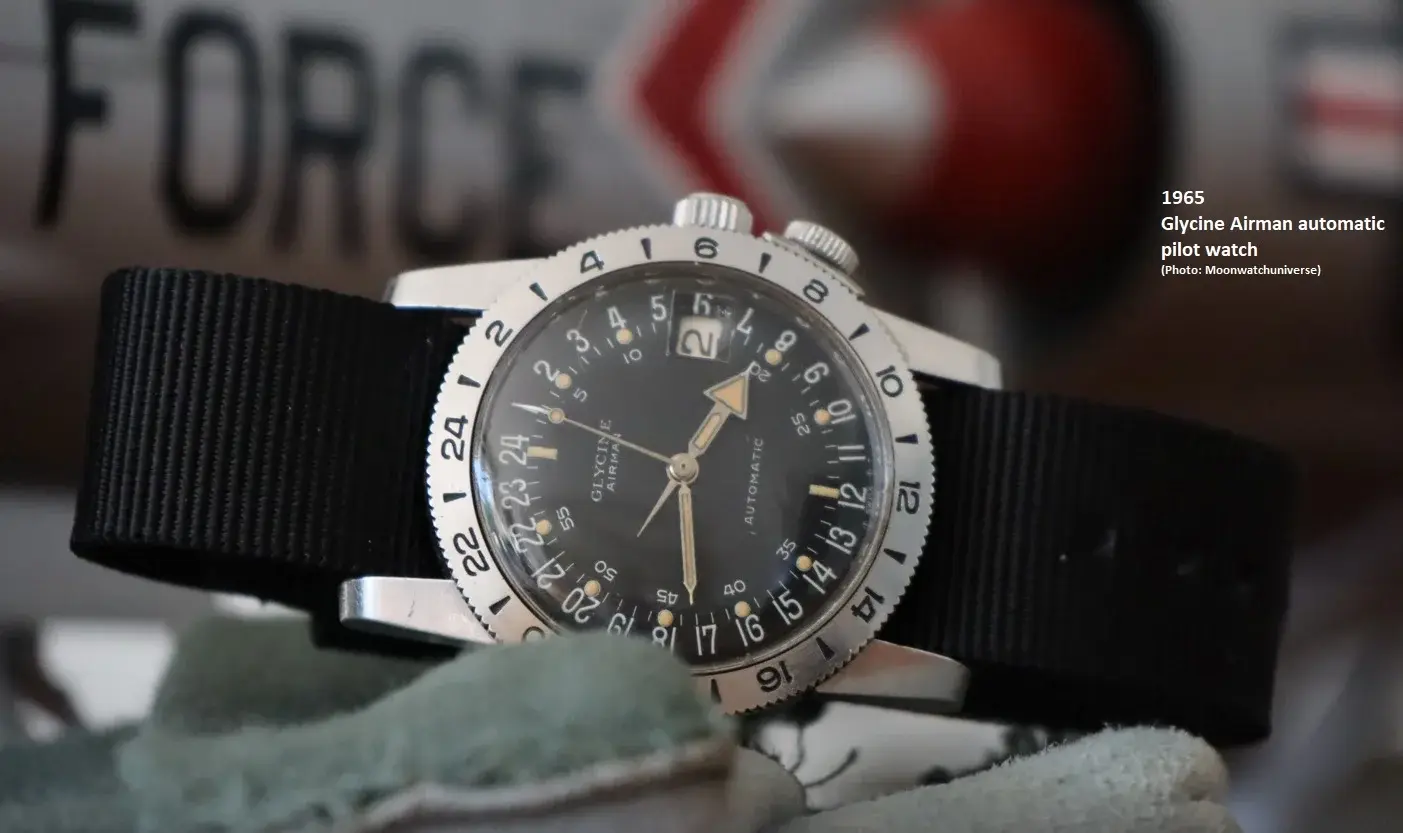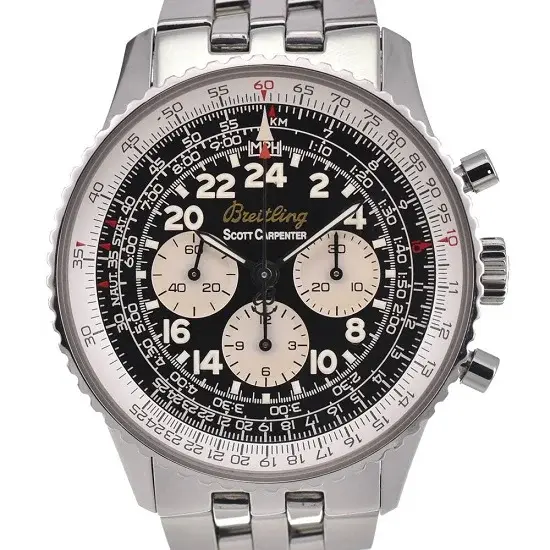SpeedyPhill
·50 years ago, I was fascinated by the launches of the unmanned Viking I & II spacecraft which were the first craft to show mankind clear images of the surface of the red planet Mars. As I had been doing with astronauts/cosmonauts I also wrote to all engineers of the unmanned spaceflight missions.
Every 26 months, as the Earth & Mars are in correct positions, a trip to Mars using an elliptical Hohmann transfer orbit can be initiated. Such an Earth-Mars journey takes about 9 to 10 months (e.g. 333 days for Viking I).
IMHO, spacefarers on such long duration spaceflight missions would benefit having a 24 hours movement / 24 hours dial wrist watch as it instantly shows if mission control (& families) on Earth is on AM or PM time. Already in May 1959, NASA Space Task Group for Project Mercury asked LeCoultre to modify their 24 hours dial/movement Quartermaster into an astronaut version for the "Mercury 7" astronauts. However these 33 mm watches were deemed too small and only used in training & PR between September 1959 and October 1963.
More: https://www.fratellowatches.com/the-very-first-watch-for-astronauts-lecoultre-24-hours/
☕
Although NASA test pilots & astronauts enjoyed pilot watches, US Navy Cdr Malcolm Scott Carpenter was the very first to take a detailed look into astronaut watches after seeing the "dandy" Breitling Navitimer chronographs on the wrists of Royal Australian Air Force pilots who provided air transport for NASA personnel Down Under during the Mercury program. (Mercury astronauts took turn at the Muchea tracking station to act as CapCom talking to the spacecraft as it flew overhead: Sep 61 Carpenter for MA-4, Nov 61 Schirra for MA-5, Feb 62 Cooper for MA-6 and May 62 Slayton for MA-7).
Most fans will know this but I want to emphasize that between October 1961 and March 1962, Scott Carpenter communicated directly with Breitling watches in order to get the practical changes realised in a Navitimer chronograph he wanted for his mission. NASA as an agency was not involved, the matter of an astronaut's watch was only discussed post-Mercury project in June 1964 during the Mercury Project review of operational details & hardware.
Breitling did an excellent job in realising the bespoke Navitimer with a 24 hours dial/movement, simplified slide rule and a larger bezel to be operated while wearing pressure suit gloves. These Navitimer Cosmonaute models can be recognized by the large bezel protuding a bit over the crown & pushers.
Although we are familiar with the 12 hours dial, I personally believe that a 24 hours movement/dial wrist watch chronograph, displaying an unambiguous representation of a whole day at one glance, would be a very useful tool for future spacefarers... to Mars & beyond !
.
Mercury 7 astronaut Scott Carpenter's requirements for a practical astronaut's wrist watch chronograph (February 1962) for his Aurora 7 mission (May 1962)
Every 26 months, as the Earth & Mars are in correct positions, a trip to Mars using an elliptical Hohmann transfer orbit can be initiated. Such an Earth-Mars journey takes about 9 to 10 months (e.g. 333 days for Viking I).
IMHO, spacefarers on such long duration spaceflight missions would benefit having a 24 hours movement / 24 hours dial wrist watch as it instantly shows if mission control (& families) on Earth is on AM or PM time. Already in May 1959, NASA Space Task Group for Project Mercury asked LeCoultre to modify their 24 hours dial/movement Quartermaster into an astronaut version for the "Mercury 7" astronauts. However these 33 mm watches were deemed too small and only used in training & PR between September 1959 and October 1963.
More: https://www.fratellowatches.com/the-very-first-watch-for-astronauts-lecoultre-24-hours/
☕
Although NASA test pilots & astronauts enjoyed pilot watches, US Navy Cdr Malcolm Scott Carpenter was the very first to take a detailed look into astronaut watches after seeing the "dandy" Breitling Navitimer chronographs on the wrists of Royal Australian Air Force pilots who provided air transport for NASA personnel Down Under during the Mercury program. (Mercury astronauts took turn at the Muchea tracking station to act as CapCom talking to the spacecraft as it flew overhead: Sep 61 Carpenter for MA-4, Nov 61 Schirra for MA-5, Feb 62 Cooper for MA-6 and May 62 Slayton for MA-7).
Most fans will know this but I want to emphasize that between October 1961 and March 1962, Scott Carpenter communicated directly with Breitling watches in order to get the practical changes realised in a Navitimer chronograph he wanted for his mission. NASA as an agency was not involved, the matter of an astronaut's watch was only discussed post-Mercury project in June 1964 during the Mercury Project review of operational details & hardware.
Breitling did an excellent job in realising the bespoke Navitimer with a 24 hours dial/movement, simplified slide rule and a larger bezel to be operated while wearing pressure suit gloves. These Navitimer Cosmonaute models can be recognized by the large bezel protuding a bit over the crown & pushers.
Although we are familiar with the 12 hours dial, I personally believe that a 24 hours movement/dial wrist watch chronograph, displaying an unambiguous representation of a whole day at one glance, would be a very useful tool for future spacefarers... to Mars & beyond !
.
Mercury 7 astronaut Scott Carpenter's requirements for a practical astronaut's wrist watch chronograph (February 1962) for his Aurora 7 mission (May 1962)


